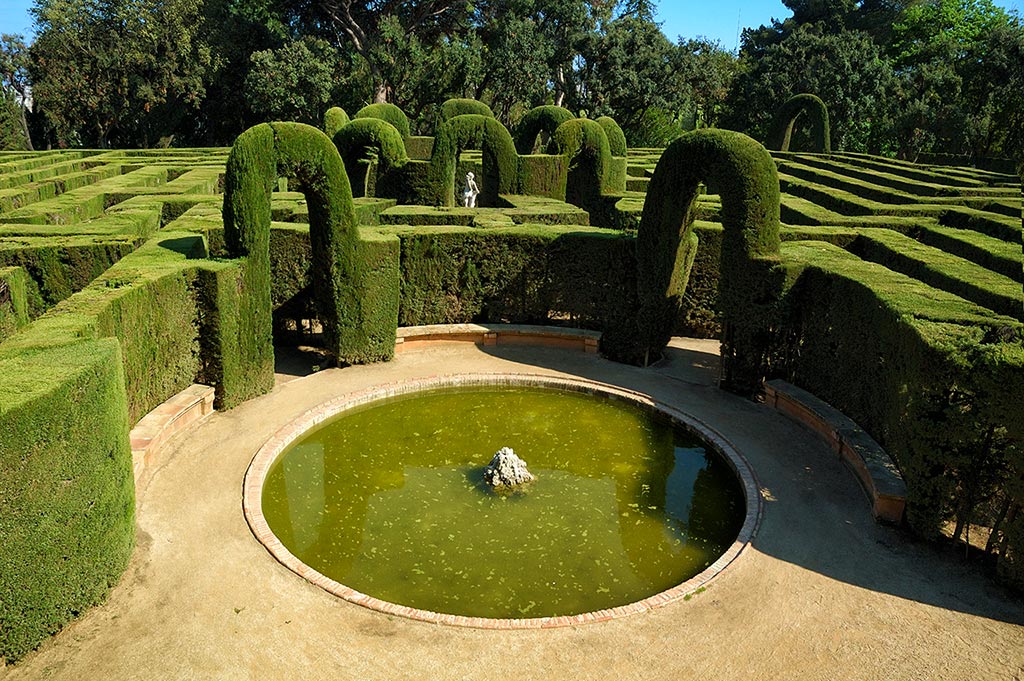Hawaii offers plenty
of culture throughout its many islands. But if you want to try something a
little different and you are tired of having the local cuisine, rest assured
that there are also several Spanish restaurants that you are sure to love.
Check out some of the best Spanish restaurants in Hawaii in the list below so
that you can plan for a fun night out with your date or your family.
Coquito's
Coquito's is a great Spanish restaurant that is located
in Waianae on the island of Oahu. It is ranked one of the top restaurants in
Waianae, so you definitely will not go wrong by having lunch or dinner there.
The food is authentic Spanish cuisine, and the service is impeccable, with
friendly staff that is prompt. Plus, the price is right for the value that you
get for the money at this eatery, so you can definitely splurge on a large meal
that your entire family will love.
Grondin
Offering delicious
Spanish cuisine, Grondin is an ideal spot for those seeking the perfect place
to eat on a Friday night or during the weekend. The menu is reasonably priced
and there are plenty of food and drink options available to satisfy everyone's
cravings. Many people who visit are pleasantly surprised by the bit of Spanish
and French fusion on the menu, and they also really enjoy the atmosphere and
overall vibe of this establishment as well. And because it is conveniently
located in Honolulu on the island of Oahu, you can enjoy this restaurant many
times throughout your stay if you are planning on being in Honolulu.
Bar Acuda
If you are planning on
staying at a top Kauai
hotel, look no further than Bar
Acuda, which is one of the best restaurants on the island. This establishment
features locally sourced, fresh ingredients that are perfectly paired together
to provide you with an array of Mediterranean options, from Spanish and
Portuguese, to Italian and French cuisine. It is also one of the best places to
relax with your friends, sip on delicious wine, and share tapas with one
another.
Cactus
Cactus is a restaurant located in Kailua on the island
of Oahu, and it offers a mix of Spanish, South American, Chilean, Latin,
Brazilian, and Mexican cuisine, so there is definitely a wide variety of
options on the menu and many different flavors to enjoy. Head over there for a
fun happy hour with delicious drinks and appetizers, or go for a full dinner
complete with dessert. No matter what you choose, the service will be friendly
and accommodating, and you are sure to have a great time.
Remember that, in
addition to heading out to these Spanish restaurants, you can also enjoy other
local and global cuisine throughout the Hawaiian Islands. Many of the resorts
on the islands, such as Koloa Landing Resort, even have their own award-winning restaurants on-site, so you
definitely do not have to go very far to enjoy an unforgettable meal during
your trip.
Guest post

















![Estelada banner with La Merced in the background, Barcelona Estelada banner with La Merced in the background, Barcelona [enlarge]](https://blogger.googleusercontent.com/img/b/R29vZ2xl/AVvXsEi6dWo9GFHBXtK32JnDJMpXlztzJDQTRd4ym9VmKFiJUvU39pF-jkaOosKewoPXnoCq1xx4fFstF-X_t5b0riVjDKa0oJpL8UCscJsNzPRrkD87pVPF05UpsOU4zjI3Wo0mkDeGhg/s1600/Estelada-Diada-La+Merced-Barcelona.jpg)
![Catalan housewife Catalan housewife [enlarge]](https://blogger.googleusercontent.com/img/b/R29vZ2xl/AVvXsEhbK1k8s_rRk7gCQDgUZPwABhsPYOK2At1I8n5CyQNWNUYsCKRxS6Bfd-28xGREQRV-gI6A3MKa_z7GvPCKcgqpKgQ-KoFaBxlJ_N7fAwzMsgcOV0tRg1RdvEwMYvqFxdF2k9QRkQ/s1600/Catalan-Housewife.jpg)
![Breaking Bad Series T-Shirts, Barcelona Breaking Bad Series T-Shirt Barcelona [enlarge]](https://blogger.googleusercontent.com/img/b/R29vZ2xl/AVvXsEh8vw8zY_SUz3c2yyGeKGccYiTriwI9WlUQqWi02Zqio_Jy52JKNCdUJe-DE4y961DXWnWusFds7sJIJmryggWMh_5vArtYGL7c-I9nXvJXsVeG9APLPPqPO88KZKU8dFF_vdFgaw/s1600/Breaking-Bad-T-Shirt-Gracia-Shop-Barcelona.jpg)

